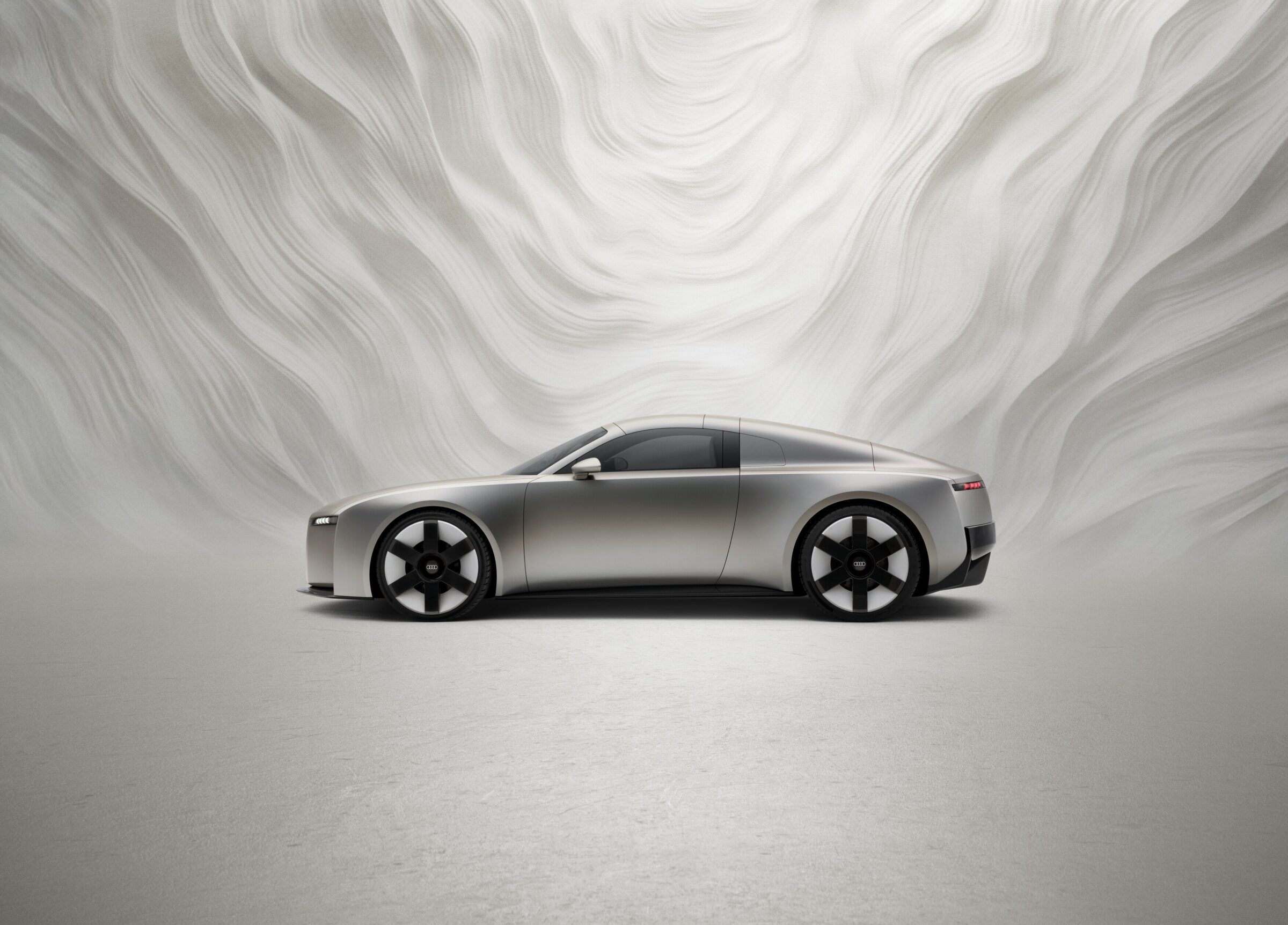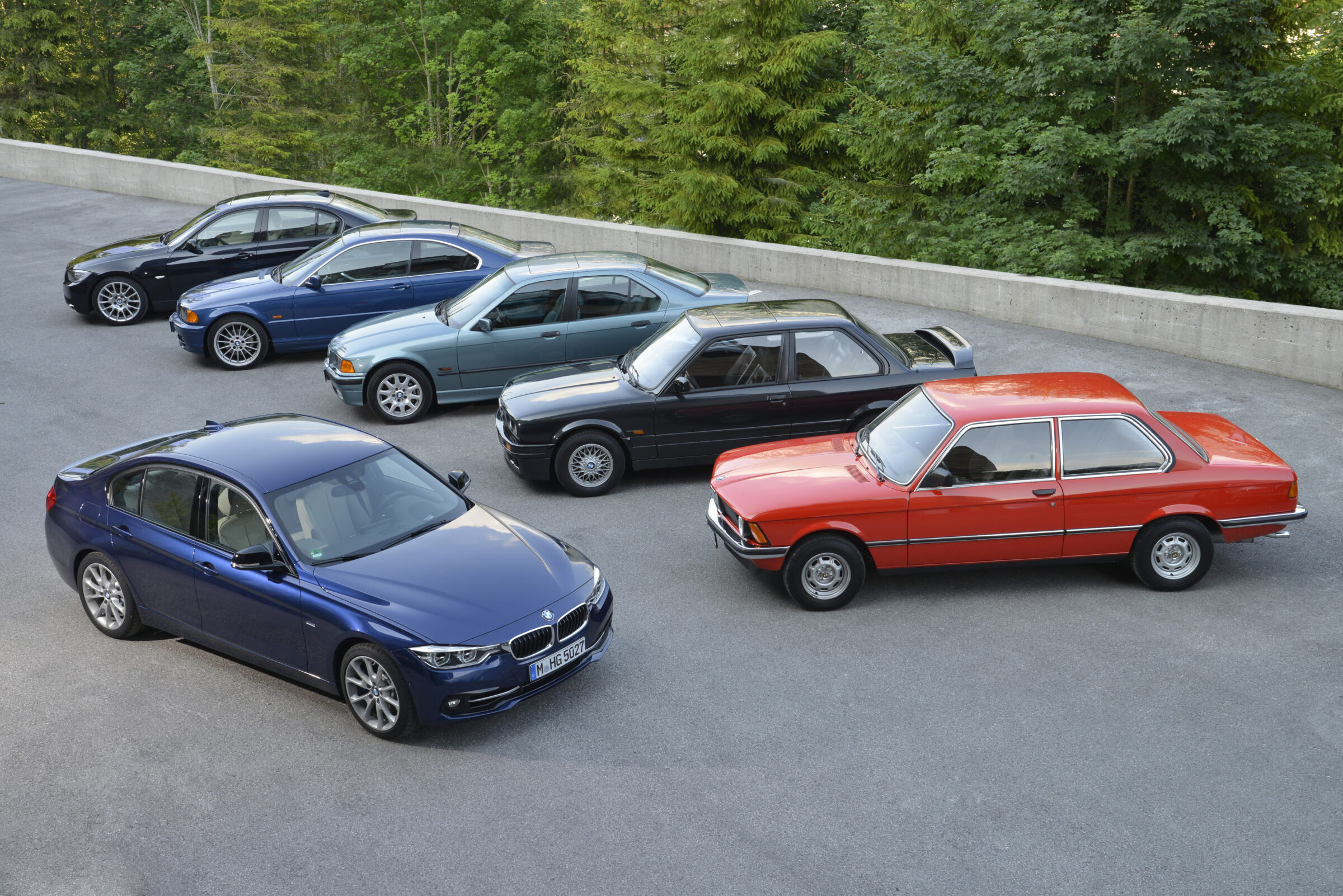Nissan 240RS
From the mid-1970s the preparatory work on the third model generation of the sports coupé Silvia started at Nissan in Japan. Up to then this model was only known on the Japanese market and in North America, where it was baptized ‘200SX’. The new generation was originally planned with a rotary engine, but this concept was rejected after various technical problems during the development occured. Finally the Japanese brand saddled for a conventional piston engine. The only thing left of the original idea was the internal code S110, which was shared with Mazda, where it was used for the first ever sports coupé with a rotary engine, the Cosmo Sport. In 1979, the third generation of the Silvia rolled to the dealerships in Japan and, again as 200SX, in Canada and the US as well as in Mexico (as Datsun Sakura). It was available with a hatchback or as a Hardtop-Coupé with a notchback.
When the motorsports authority FIA wrote rules for the Group B in the World Rally Championship, Nissan/Datsun reflected on previous successes with various models like the Violet. A new works team was created together with the British team Bill Blydenstein Racing as Nissan Team Europe. They used the Silvia Hardtop-Coupé as a base vehicle and implanted a 2.4-liter inline four-cylinder engine. Although Nissan already worked at an all-wheel drive system, they kept the rear-wheel drive of the normal Silvia. During the design phase of the 240RS in 1982, however, they didn’t trust the AWD and thought it wouldn’t help them on the rally tracks – a mistake made by many competitors of the time. For the construction of the 200 homologation cars and the offshoots for rallying they used a loophole in the regulatory requirements of Northern Ireland, where such a small number of vehicles based on an existing model didn’t need new type approval. Therefore, most rally 240RS’s actually carried licenseplates from Northern Ireland.
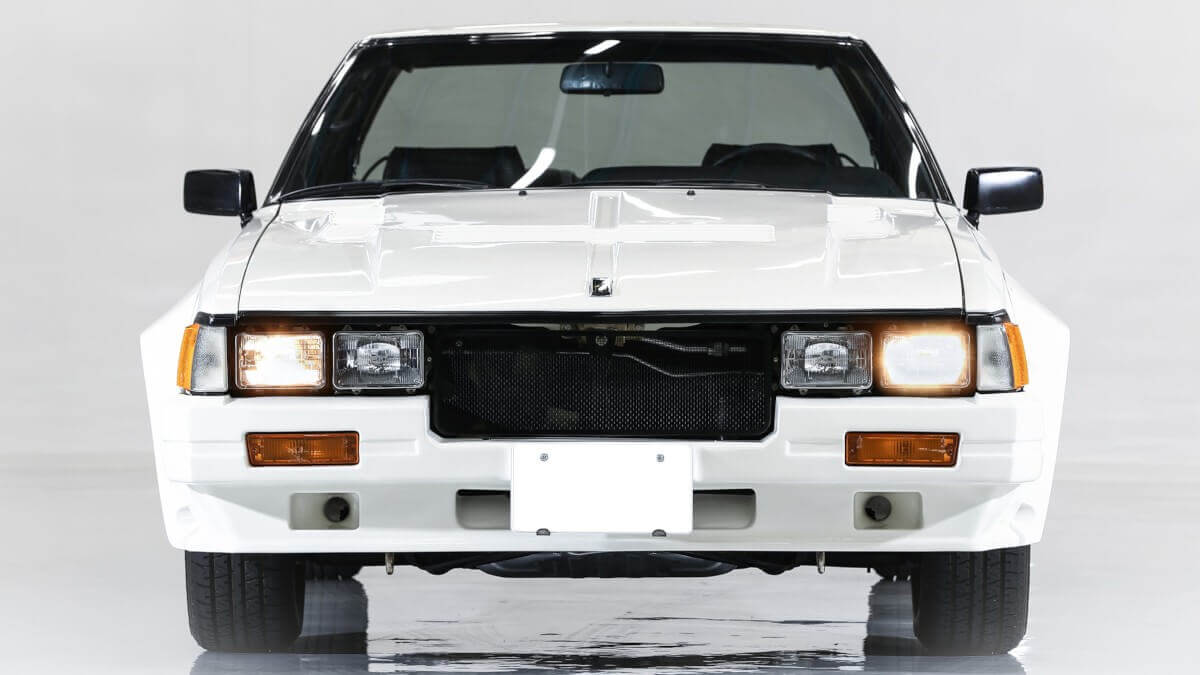







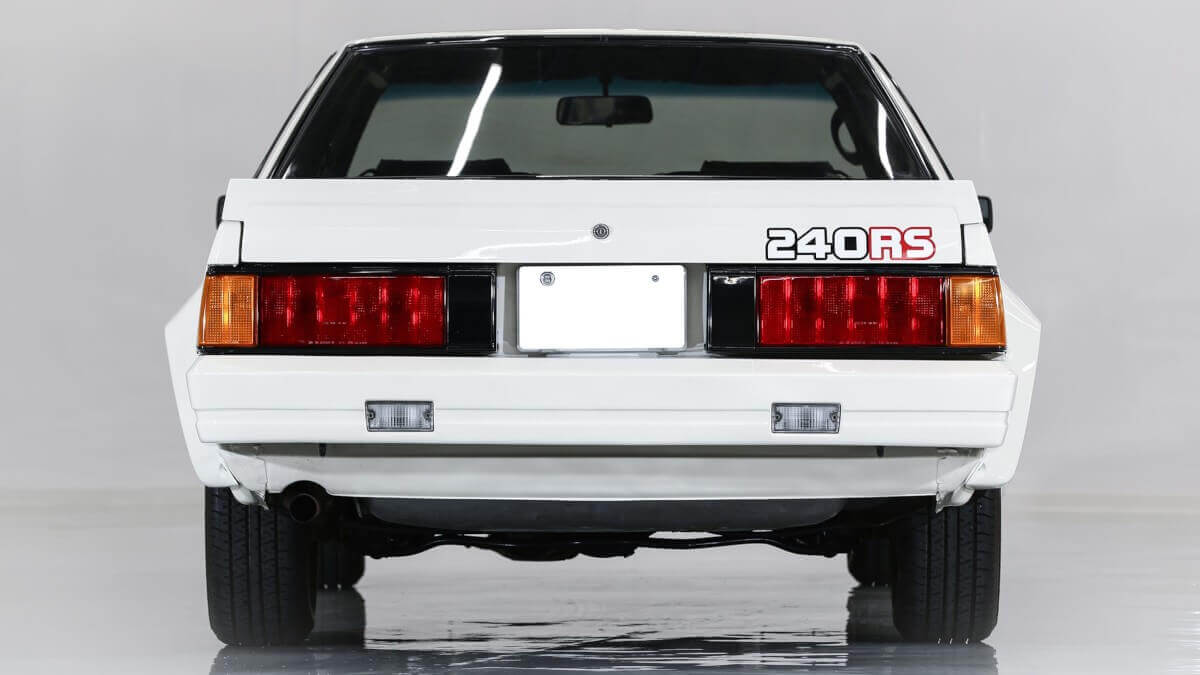





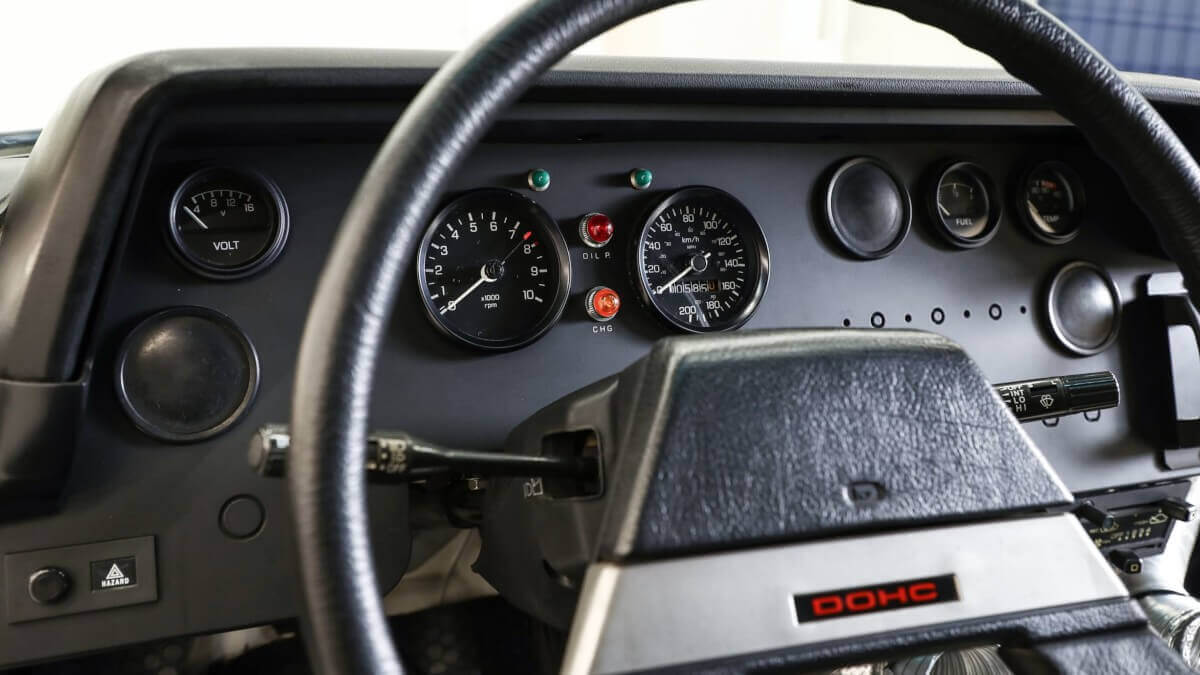

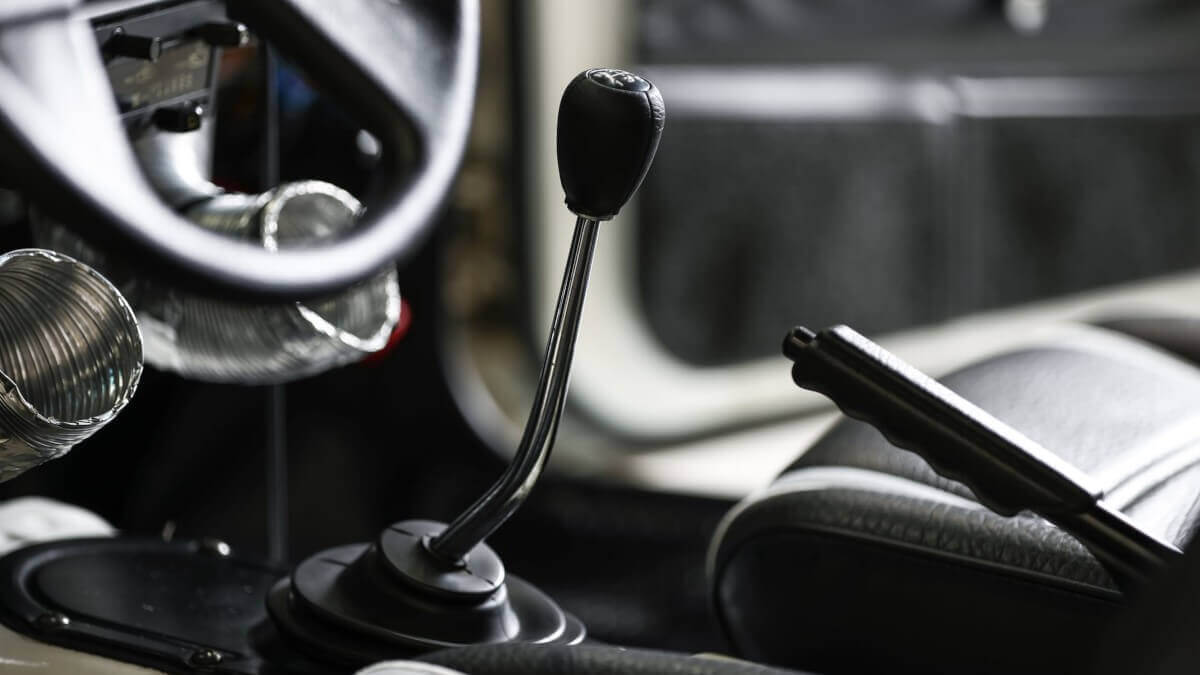







The 240RS celebrated its debut at the Rallye Monte Carlo 1983 with Timo Salonen at the wheel. In addition to the Nissan Team Europe, the Japanese company itself also used some vehicles in rally events, especially in Europe, Great Britain and in some World Rally events. After some failures in Europe they concentrated more on endurance events in Africa like at the Ivory Coast or in Kenya. An exceptionally good result was achieved with second place in New Zealand in the same year. Between 1983 and 1985, international starter lists recorded a total of 20 participations of the 240RS in WRC events, with a total of four podium finishes. Victories were impossible against the upcoming AWD cars from competitors, especially the Audi quattro – probably also because Nissan didn’t use a turbocharger or even an electronic fuel injection system. Instead they relied on classic Solex double carburetors with a diameter of 50 millimeters. Thus, only 275 hp were available in the competition cars and 240 hp in the street version, both times transmitted to the rear wheels via a manual five-speed gearbox. Thanks to their lightweight construction, the car only weighs around 970 kilograms.
While rally cars are known for diverse bodywork extensions and spoilers made of fiberglass-reinforced plastic, in the 1980s also homologation specials received these attachments. Thus, the street versions of the Nissan 240RS were painted in innocent white, but showed marzial optics. Also the bootlid was replaced with a significantly lighter part made of plastic, while instead of normal glass they used polycarbonate for the rear side windows and the rear window. Inside a plastic dashboard in typical 80s boxy design with only four analogue round instruments replaced the normal Silvia dashboard.Despite its unusual design and only a few rally successes, Nissan could easily sell all 200 copies. 50 of them were RHD, 150 LHD. Many of them were used by privateers for rallying, so the street version is exceptionally rare today – specially in a very good condition like the car in our picture gallery. This vehicle was part of a BH Auction event during the Tokyo Auto Salon, but didn’t receive a high bid above estimate. Previously the auction house expected a hammer price between 9,000,000 and 14,000,000 yen (about 82,400 to 128,170 US$) – a relatively low value compared to other Group B cars, especially with a mileage of only 558 kilometers.
Images: BH Auction


